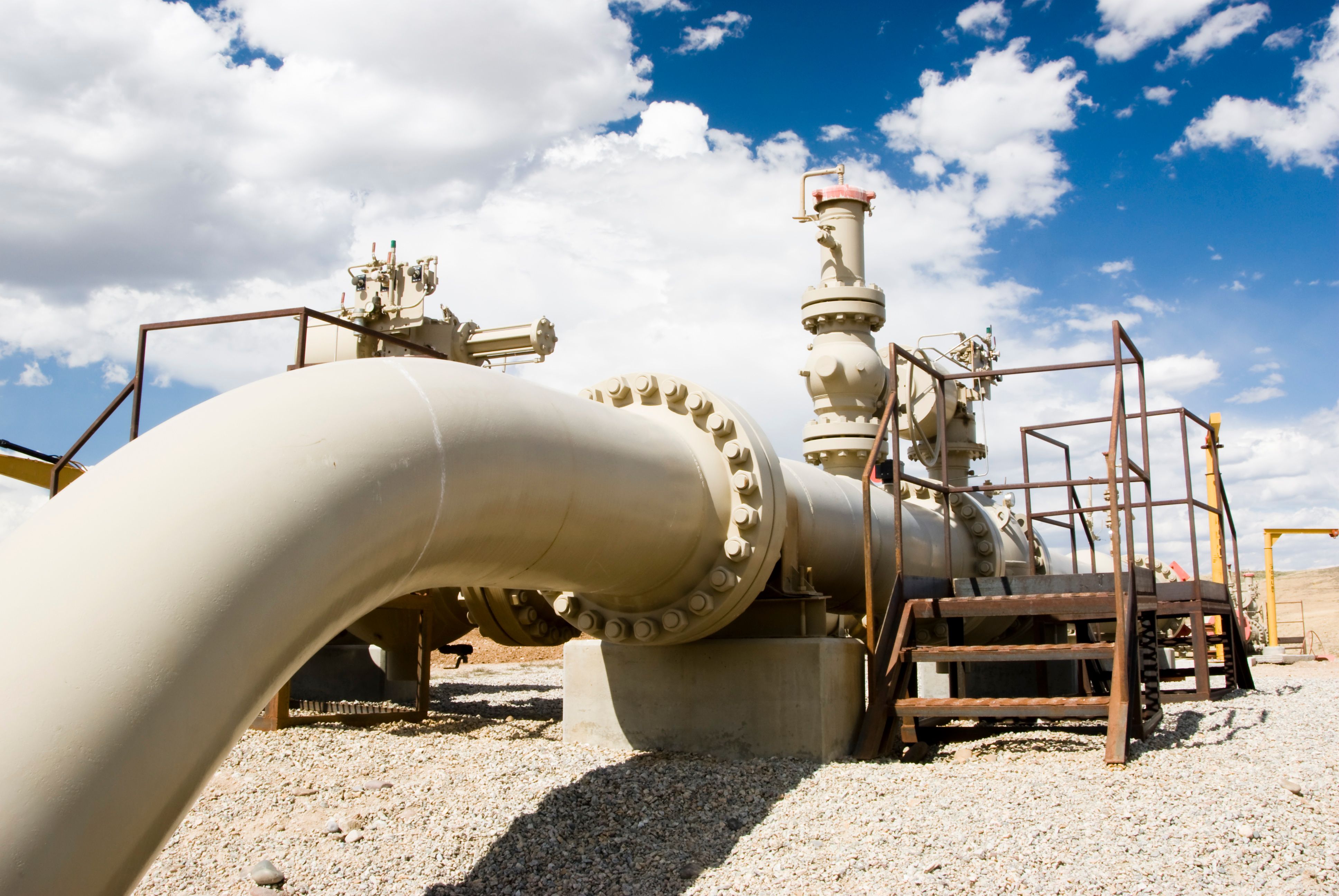Mid-year EU Russian gas imports have risen over 2023 levels, data indicates
Mid-year EU Russian gas imports have risen over 2023 levels, data indicates
8 August 2024
By Stefano Porciello
EU imports of Russian gas by pipeline and sea in the first half of 2024 were higher than in the first six months of 2023, several sources indicate, in contradiction with about two years of efforts to phase down Russia’s fossil-fuel supplies.
In the first six months of 2024, the EU imported around 26 percent more Russian gas than in the same period last year — an additional 5 billion cubic meters (bcm) on top of last year’s 20 bcm — MLex understands.
Different sources show different data, but all indicate that this year’s Russian gas imports were higher than those in the first half of 2023.
The think thank Bruegel’s dataset on European natural gas imports, for example, show that natural gas imports from Russia thus far have been consistently higher this year than in 2023.
Bloomberg data, put together by Bruegel into a graph, also shows that the EU’s liquefied natural gas monthly imports from Russia have been higher in every month of 2024, except for February, with mid-2024 imports beating those in mid-2023 by more than 1 bcm, according to MLex calculations.
According to a report from the Gas Exporting Countries Forum, an intergovernmental organization of gas producers that includes Russia, EU imports of pipeline gas from Russia increased 24 percent year-on-year between January and June 2024.
Yet the reported total could be an underestimation, as MLex understands that EU imports of Russian pipeline gas were 4.4 bcm higher by mid-2024 than mid-2023 — an increase of 42 percent year-on-year.
Pipeline gas imports from Russia and Azerbaijan “have been higher in each month of 2024, compared with the corresponding months in 2023,” the forum’s report said in July.
According to a figure in the report, imports of Russian gas via the Turkstream pipeline rose by 54 percent, while those via “central Europe” — meaning Ukraine — rose by 24 percent.
MLex understands that these figures might be slightly overestimated when it comes to the Turkstream imports, and slightly underestimated for the “central Europe” route.
When asked by MLex, the European Commission commented only on imports data variations of the first and second quarter of 2024 compared to the preceding quarter — not on the same period of the year in 2023.
However, this time frame excludes comparing the data from the same period of 2023, which changes how the data can be interpreted.
The EU executive said that the increase in Russian gas imports of the first three months of this year — compared to the last three months of 2023 — are a “temporary and marginal increase”.
This could “partly reflect the impact of the Middle East crisis, which diverted Qatari LNG toward Asia, and the reduced US imports following scheduled maintenance at the US Freeport LNG terminal, reducing US export capacity,” a spokesperson said.
“In addition, EU sanctions on Russian LNG transshipments, which the commission proposed in early June 2024, are expected to further decrease overall Russian gas and LNG imports,” it added.
Commenting on the preliminary data on the second quarter of 2024, which refers to imports from April to June, the commission said that “Russian gas imports to Europe have resumed their declining trend” when compared to the first three months of this year.
“In Q2 2024, overall Russian imports decreased by 4 percent (down 0.5 bcm) and LNG imports from Russia dropped by 12 percent (down 0.7 bcm),” a commission spokesperson told MLex. “Overall, the share of Russian imports in total EU gas imports declined by 1 percentage point” (to 18 percent in Q2 2024 from 19 percent in the previous quarter).
But this reading falls short of comparing import data of the same months across the years, leading to an opposite interpretation of the data.
In the second quarter of 2024, total Russian gas imports into the EU were 12.4 bcm, meaning 25 percent higher — or 2.5 bcm higher — than in the same period of 2023, MLex understands.
Before the increase in the first months of this year, the EU had reduced Russian gas imports by about 70 percent between 2021 and 2023, cutting them by about 110 bcm.
For the inside track on European energy and environmental policy developments, activate your instant trial of MLex today.





